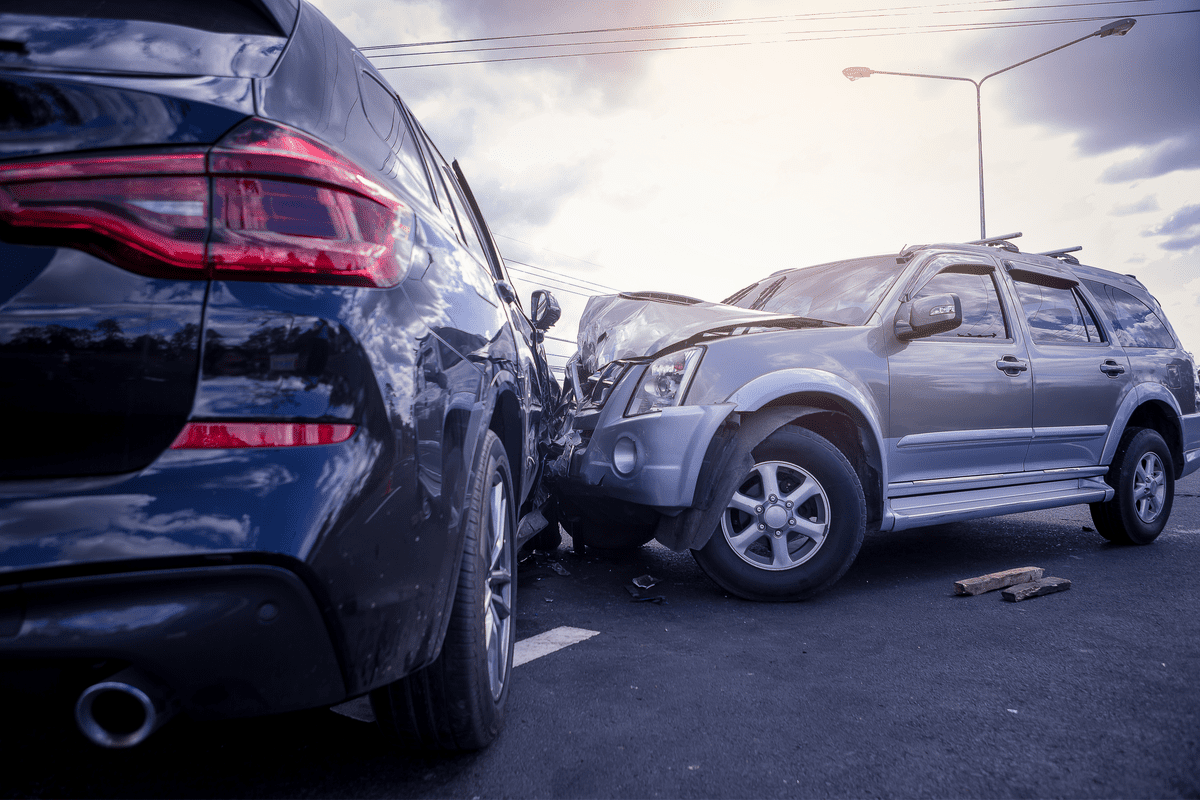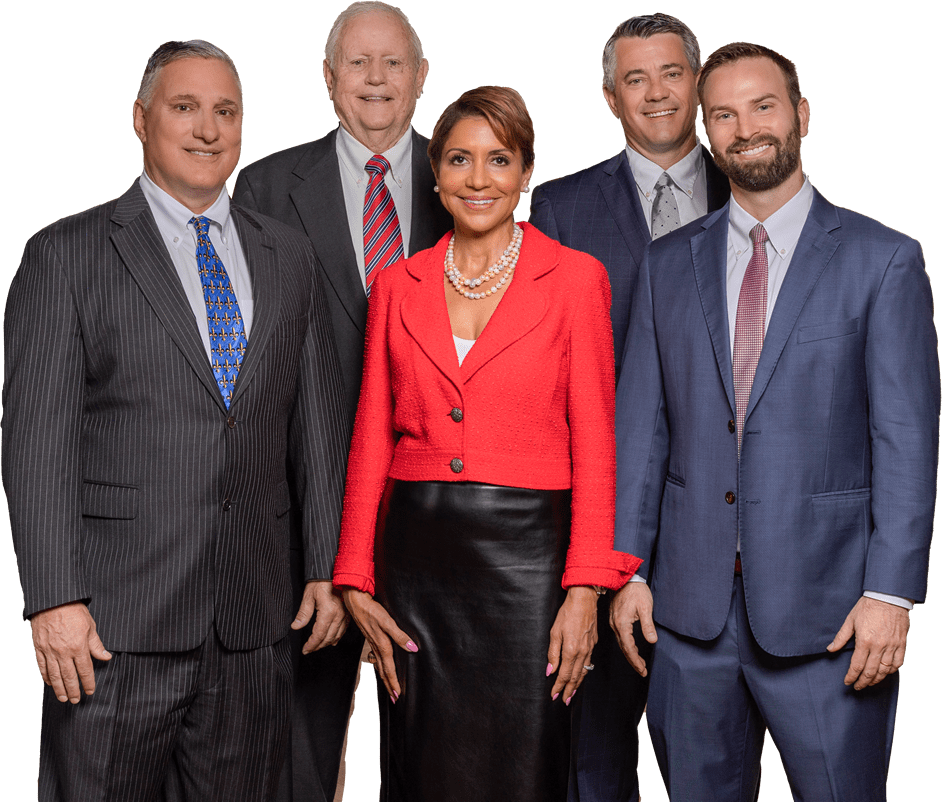
In March, the trial of 46-year-old Rafaela Vasquez began in Maricopa County Superior Court. Four years ago, Vasquez worked as a safety driver for Uber’s autonomous test cars in Tempe, Arizona. She has pleaded not guilty to negligent homicide after the self-driving car she oversaw struck and killed Elaine Herzberg, a 49-year-old pedestrian.
Vasquez was behind the wheel as the robot car drove at a steady 40 miles per hour down the street on a clear Sunday night. Herzberg was pushing her bike across the same street. The automated Volvo XC90 SUV did not slow down until after it struck and killed her. Herzberg was the first pedestrian to be killed by self-driving technology.
The prosecution will say Vasquez was distracted, watching The Voice on her phone at the time of the accident. They will say that anyone who climbs behind the wheel of a car has a responsibility to lawfully operate their vehicle safely.
The defense will deny wrongdoing on Vasquez’s part and claim she was checking messages from her Uber employers when the collision occurred.
Arizona prosecutors decided not to charge Uber with criminal liability, even though a National Transportation Safety Board investigation found that the collision occurred because of both human error and Uber’s “inadequate safety culture.”
After the crash, Uber suspended the testing program in Tempe and other test markets—Pittsburgh, San Francisco, and Toronto. The major tech companies and state legislatures slowed the rollouts of several autonomous vehicle initiatives. But Uber’s robot cars were rolling again before a year had passed with lower regulated speeds and increased restrictions.
Uber does not have a monopoly on the dangerous robot car market. In 2016, Tesla Motors disclosed the first self-driving death when a Model S’s Autopilot sensor failed to slow the car before it smashed into the trailer of an 18-wheel truck. The 40-year-old Tesla driver was killed.
The National Highway Traffic Safety Administration (NHTSA) began an investigation after at least four deaths and 29 serious crashes were linked to Tesla’s Autopilot feature. This investigation led to another probe examining more than 750,000 Tesla vehicles manufactured since 2014. These vehicles were unexpectedly crashing into emergency vehicles while the Autopilot was engaged. Since 2018, at least 11 Tesla models have crashed into emergency vehicles without explanation.
Back in 2015, tech companies like Uber, Lyft, and Waymo (Google’s self-driving cars) migrated away from California’s increased restrictions to the dry climates and wide-open roads of Arizona. To lure Big Tech operations and the revenue associated with it, officials declared the state a regulation-free zone.
These robot cars of the future were supposed to remove distracted drivers from the traffic equation, but this trial serves as a reminder that self-driving technology is still in development. It also illustrates that state and local governments are still in need of a system of regulation.
Despite the occurrence of incidents, federal and state lawmakers, including California, are taking a lenient approach with autonomous-car developers, loosening safety standards.
When self-driving vehicles do not necessarily mean fully autonomous. All the self-driving cars on U.S. roads have autonomous elements, but still rely on a human driver.
According to the NHTSA, self-driving automation falls into one of five levels:
There is no doubt the robots are coming. All the major car manufacturers are following Tesla and Waymo’s lead—developing, testing, and producing autonomous cars for eager consumers. Self-driving tests are being conducted in 1,400 vehicles by more than 80 U.S. companies.
Self-driving cars are surging through their most productive period, with more than 54 million vehicles projected to be using at least Level 1: ADAS by 2024. The robot-car market is expected to reach $36 billion by 2025.
According to the National Law Review, injuries sustained in self-driving car crashes are usually less severe than crashes involving human drivers, but autonomous cars are involved in crashes at a higher rate than human-driven vehicles. Self-driving car accidents happen on an average of 9.1 per million miles driven. Human drivers crash on an average of 4.1 per million miles driven. Simply said, humans crash half as much as robots.
It gets even more tricky when car companies make duplicitous claims. Tesla markets their Autopilot function as autonomous. But after an accident, they insist they warn Tesla owners that active driver supervision is mandatory even when Autopilot is engaged.
Determining whether collisions occur because of vehicles’ automated elements or human error while operating is an arduous task. Car companies can be found negligent in a self-driving vehicle crash by failing to install critical updates on the vehicle’s software or not providing vital maintenance to the vehicle, which can lead to a liability case.
In Louisiana, a new wave of driverless delivery vehicles prompted new state legislation. Senate Bill 147 builds a framework of requirements, rules, and regulations to introduce self-driving vehicles safely and legally into traffic. If these robot travelers hurt humans because their system or sensors fail—the blame will not fall on the robots. The fault will find its way back to its creators.

With over 50 years of legal experience serving families in the New Orleans area and surrounding Louisiana communities, our firm takes pride in providing clients with personalized legal services tailored to individual needs.